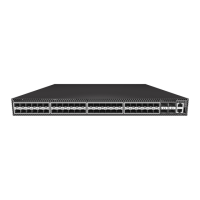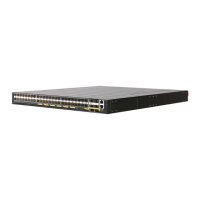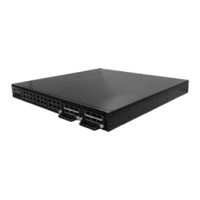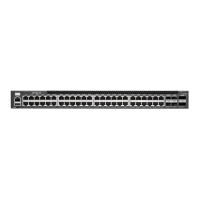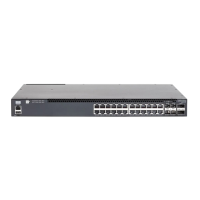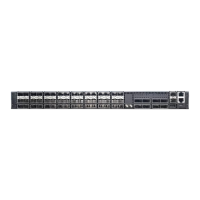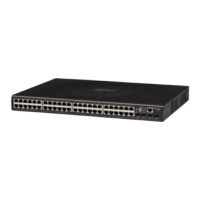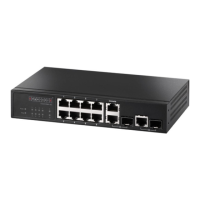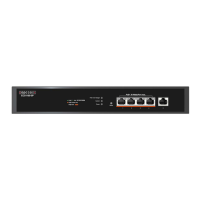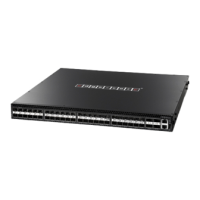Chapter 21
| Data Center Bridging Commands
DCB Exchange Commands
– 547 –
Example
The following example enables DCBX on port 5:
Console(config)#interface ethernet 1/5
Console(config-if)#dcbx
Console(config-if)#
dcbx mode This command configures the DCBX mode used for message exchange. Use the no
form to restore the default setting.
Syntax
dcbx mode {auto-down | auto-up | configuration-source | manual}
no dcbx mode
auto-down – In auto-downstream mode, the port advertises a
configuration but is not willing to accept one from the link partner.
However, it will accept a configuration propagated internally from the
configuration source. Selection of a port based upon compatibility of the
received configuration is suppressed.
auto-up – In auto-upstream mode, the port advertises a configuration, but
it is also willing to accept a configuration from the link-partner and
propagate it internally to the auto-downstream ports, as well as receive a
configuration propagated internally by other auto-upstream ports.
configuration-source – In configuration-source mode, the port is
manually selected as the configuration source. A configuration received
over this port is propagated to the other auto-downstream and auto-
upstream ports.
manual – In manual mode, the port does not accept a configuration from
peer devices, nor does it accept any internally propagated configuration.
The operational mode, traffic classes, and bandwidth information must be
specified by the operator. These ports will advertise their configuration to a
peer if DCBX is enabled on that port.
Default Setting
Manual
Command Mode
Interface Configuration (Ethernet, Port Channel)
Command Usage
◆ Auto-downstream ports have the recommendation TLV parameter enabled. If
these ports receive internally propagated information, they will utilize this
information and ignore their local configuration.
◆ On auto-upstream ports, a recommendation TLV is sent to its peer, and
processed if received locally. Auto-upstream ports that receive internally

